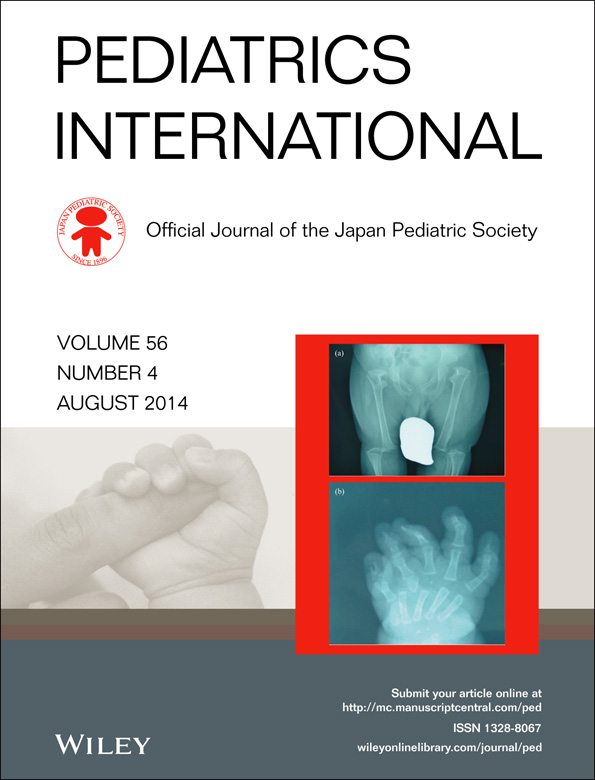Intra-hospital mortality among neonates transported by ambulance in Colombia
Abstract
Background
The aims of this study were to identify the main variables associated with intra-hospital mortality among patients transferred to a specialized neonatal care center, and to evaluate agreement and accuracy of referring and admission diagnoses.
Methods
A 6 month observational study was conducted to obtain clinical variables for intra-hospital mortality among patients requiring interfacility transport. Association among variables was estimated using Poisson regression with robust variance. Agreement was evaluated between diagnosis before and after transfer using Cohen's kappa, sensitivity, specificity and Youden's I.
Results
The study included 191 neonates, 12.57% of whom died. Increased mortality was associated with the Transport Risk Index of Physiologic Stability (TRIPS). The associated variables were as follows: TRIPS (adjusted prevalence ratio [aPR], 1.05; 95% confidence interval [CI]: 1.02–1.08), weight 1500–2499 g (aPR, 0.08; 95%CI: 0.01–0.40), weight >2500 g (aPR, 0.56; 95%CI: 0.02–0.19), cardiopathy (aPR, 0.20 95%CI: 0.05–0.75), congenital defects (aPR, 4.59; 95%CI: 0.97–21.82) and renal failure (aPR, 3.69; 95%CI: 1.26–10.78). Diagnosis remained unchanged for 71.15% of the neonates. The greatest differences were hyaline membrane disease (49.4%) followed by transient tachypnea (59.9%). Youden's I for referral diagnosis was 0.22 for transient tachypnea, 0.66–0.69 for cardiopathy, esophageal atresia and pneumonia, 0.72–0.74 for hyaline membrane disease and pulmonary hypertension, and >0.90 for the remaining diagnoses.
Conclusions
Weight <1500 g, renal failure, congenital defects (except congenital cardiopathies) and high TRIPS were associated with a higher risk of intra-hospital mortality. The findings suggest that improving transfer time and quality of care in ambulances would decrease mortality.




